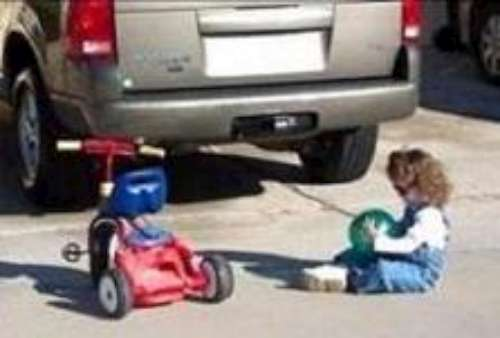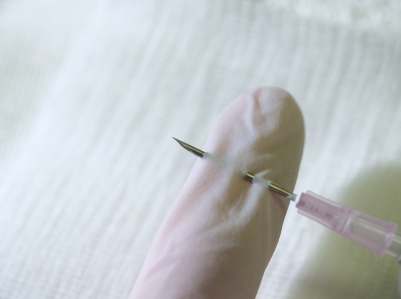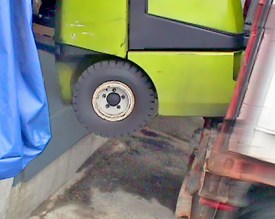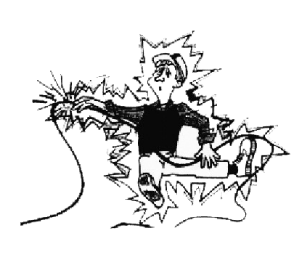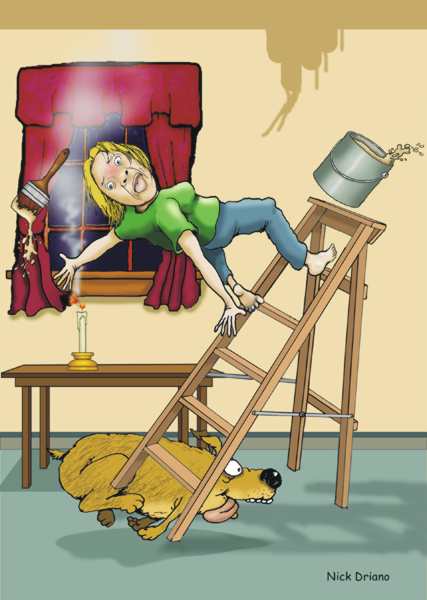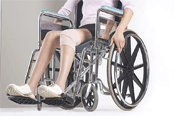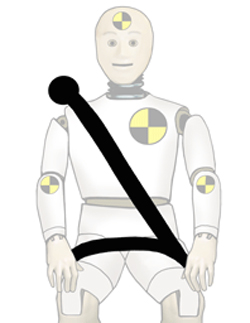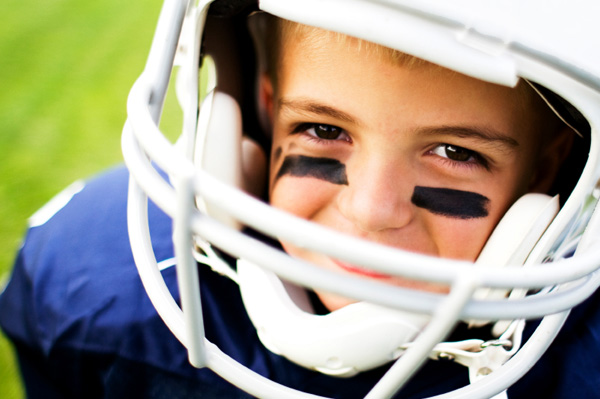 What do I need to know about kids and sports injuries?
What do I need to know about kids and sports injuries?
Playing sports is a great way for your child to stay fit and healthy, to learn about teamwork, make friends, and develop a sense of personal satisfaction. In addition, taking part in youth sports may lead to greater leisure-time physical activity as an adult.
However, kids’ injuries from playing sports are on the rise, perhaps due to several factors:
- Physical stress from the demands of training on kids’ growing bodies
- Life stress (which increases the risk of injury)
- Improper training
- Poor coaching
Can youth sports injuries be prevented?
Most sports injuries can be prevented, even predicted! The first step in preventing sports injuries is finding out why sports injuries occur. Sports injuries may be caused by:
- Individual risk factors (such as medical conditions)
- Inadequate physical exams before participating (every child should get a sports-specific physical exam before each season)
- Find out what experts say about heart screening for young athletes.
- Lack of pre-season conditioning
- Lack of safety equipment, or poorly fitted, improper equipment
- Lack of proper eye protection
- Teaming up by age instead of size
- Unsafe playing fields, or surfaces
- Improper training or coaching, or lack of instruction
- Fatigue
- Not warming up, cooling down and stretching properly
- Playing while injured
- Stress and inappropriate pressure to win
- Temperature
- Poor nutrition or hydration
via Youth Sports Safety: Your Child: University of Michigan Health System.
 It is estimated that more than 13 million workers in the United States are potentially exposed to chemicals that can be absorbed through the skin. Dermal exposure to hazardous agents can result in a variety of occupational diseases and disorders, including occupational skin diseases (OSD) and systemic toxicity. Historically, efforts to control workplace exposures to hazardous agents have focused on inhalation rather than skin exposures. As a result, assessment strategies and methods are well developed for evaluating inhalation exposures in the workplace; standardized methods are currently lacking for measuring and assessing skin exposures.
It is estimated that more than 13 million workers in the United States are potentially exposed to chemicals that can be absorbed through the skin. Dermal exposure to hazardous agents can result in a variety of occupational diseases and disorders, including occupational skin diseases (OSD) and systemic toxicity. Historically, efforts to control workplace exposures to hazardous agents have focused on inhalation rather than skin exposures. As a result, assessment strategies and methods are well developed for evaluating inhalation exposures in the workplace; standardized methods are currently lacking for measuring and assessing skin exposures.
